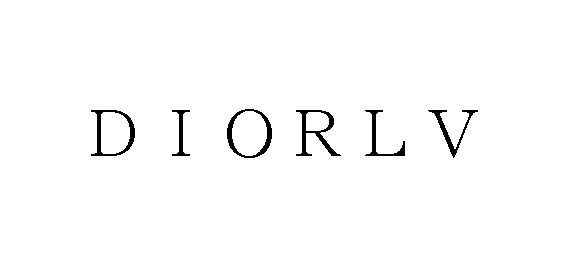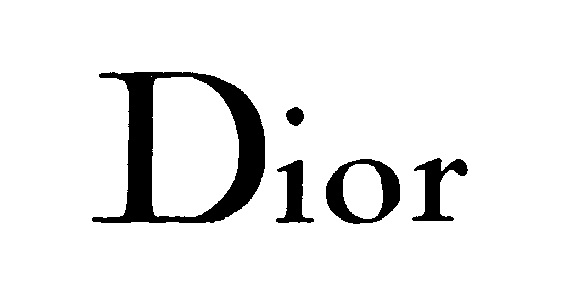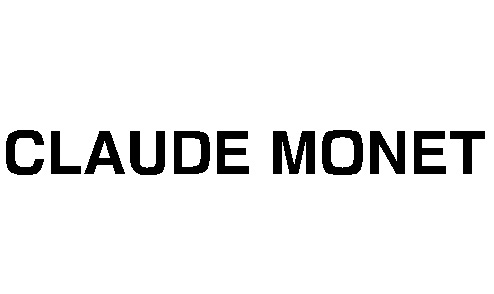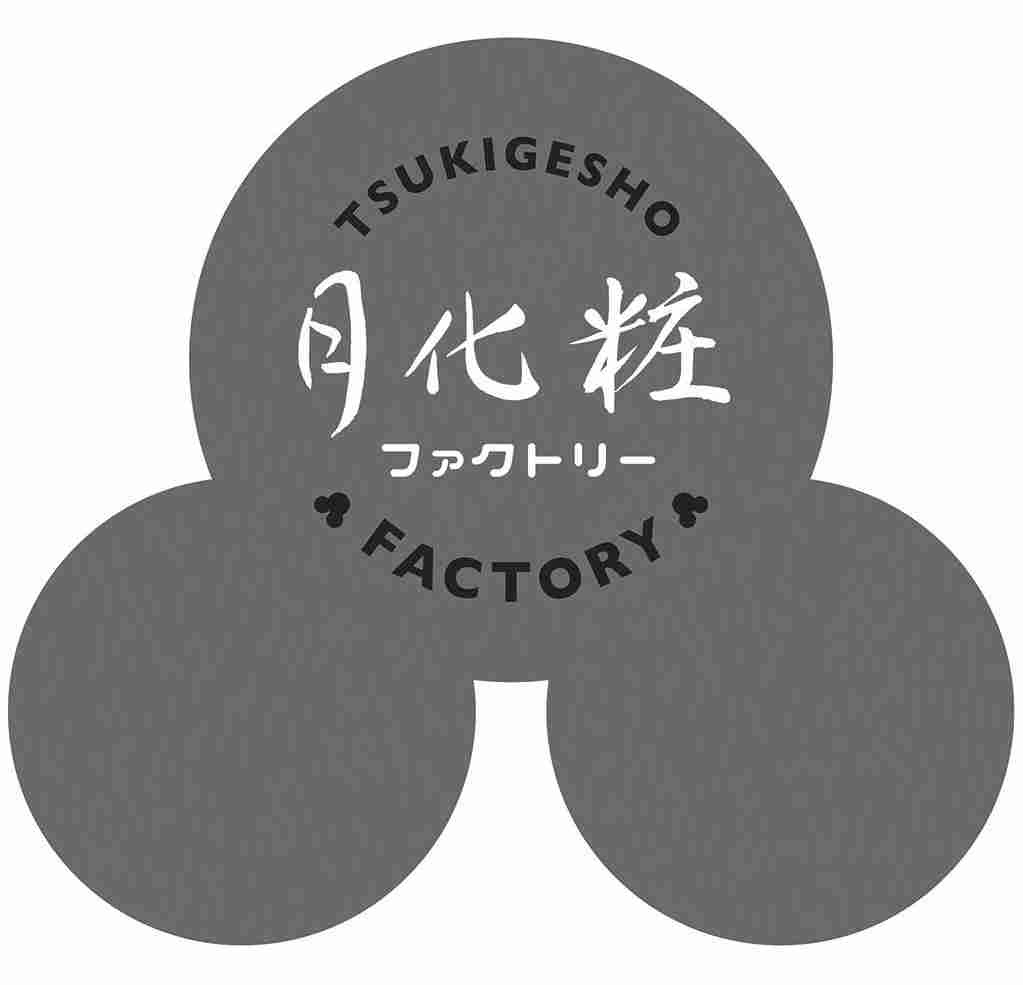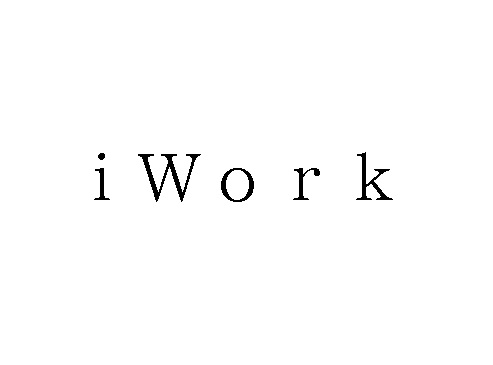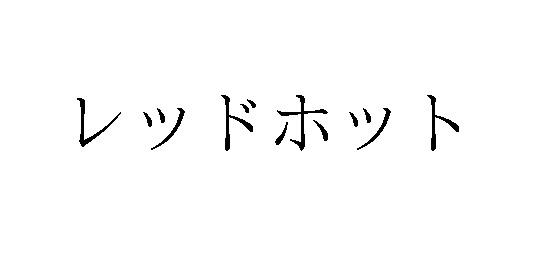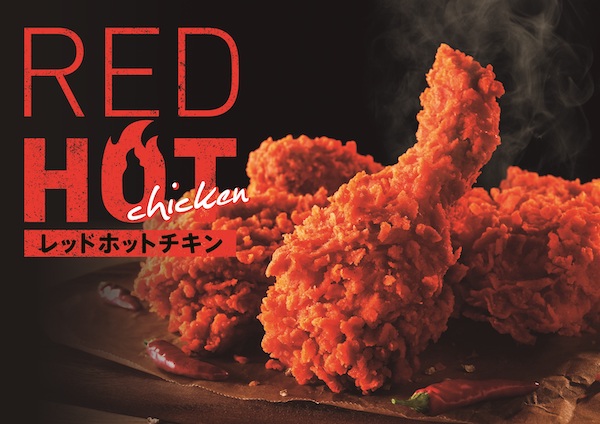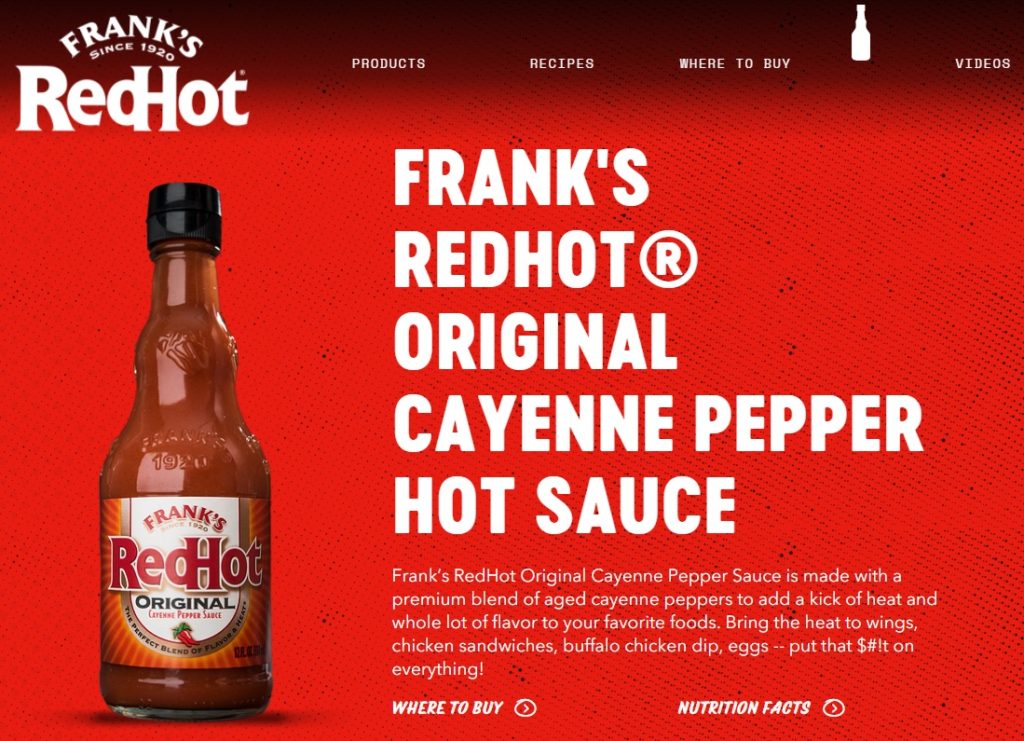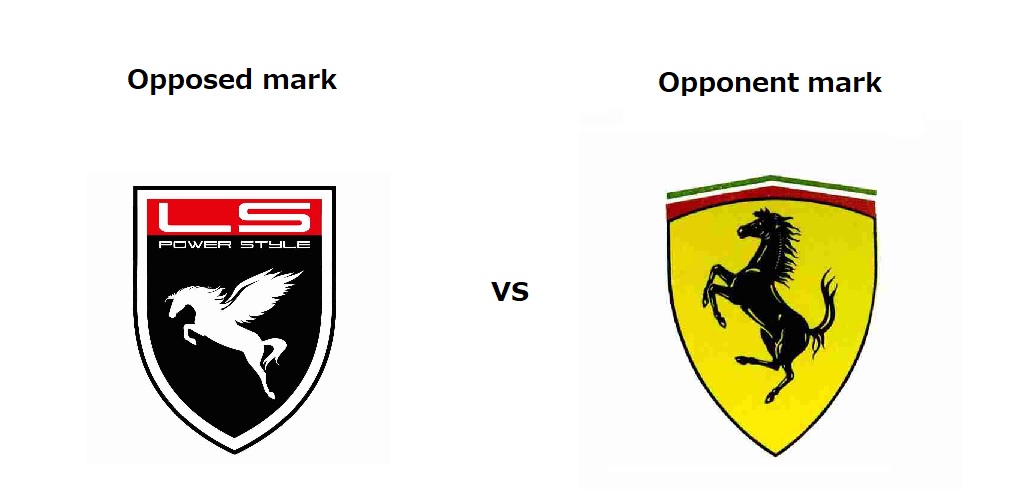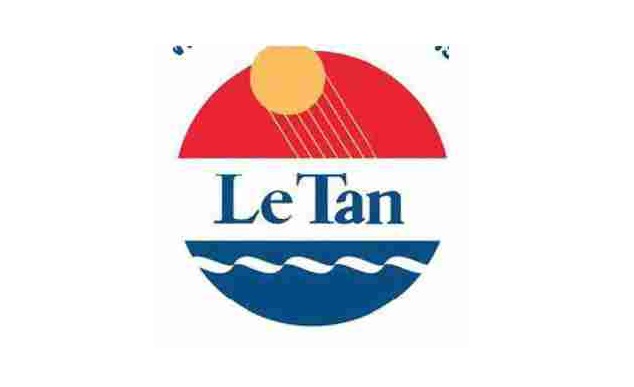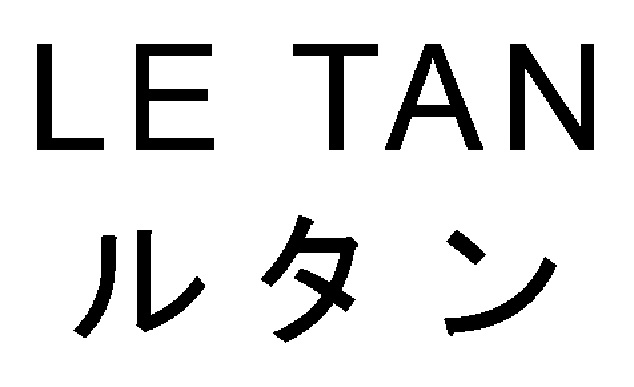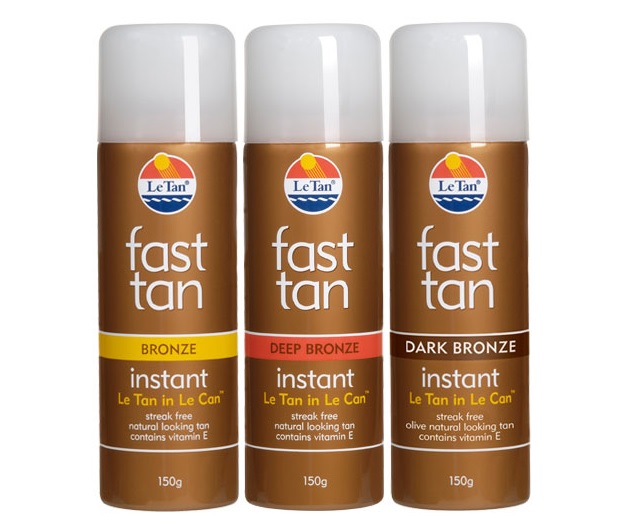On February 18, 2022, the Japan Patent Office (JPO) decided in favor of Lacoste and canceled Japanese TM Registration No. 6289888 for a flipped crocodile device mark in class 25 due to a likelihood of confusion with the famous crocodile logo of Lacoste.
[Opposition case no. 2020-900312, Decision date: February 18, 2022]Opposed mark
The opposed mark, consisting of flipped crocodile device and term “OCOSITE” (see below), was filed by a Japanese individual for use on clothing, footwear, headgear, sports shoes, and sportswear in class 25 on March 17, 2020.
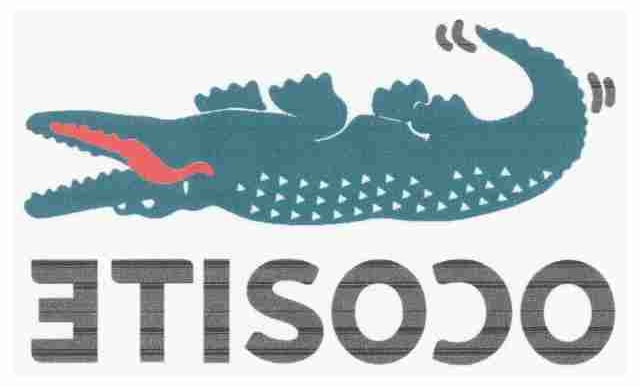
T-shirts printing the opposed mark are promoted for sale with a catchphrase of “funny parody T-shirt.” As the term, “OCOSITE” means ‘wake me up, get me up’ in Japanese, the opposed mark gives rise to the meaning of a crocodile struggling to get up.
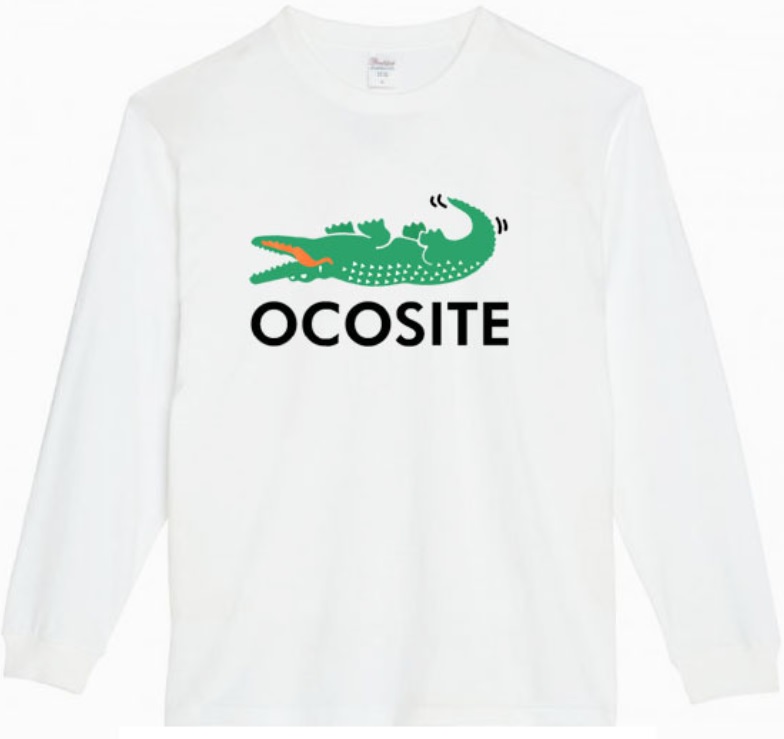
The opposed mark was registered on September 9, 2020, and published for opposition on September 29, 2020.
Opposition by Lacoste
It was anything but funny to the luxury sportswear brand, Lacoste.
Lacoste filed an opposition on November 27, 2020, within a statutory period of two months counting from the publication date.
In the opposition, Lacoste claimed the opposed mark shall be canceled in contravention of Article 4(1)(vii), (xv), and (xix) of the Japan Trademark Law on the grounds that a flipped crocodile device of the opposed mark closely resembles the world-famous Lacoste crocodile logo from its appearance.
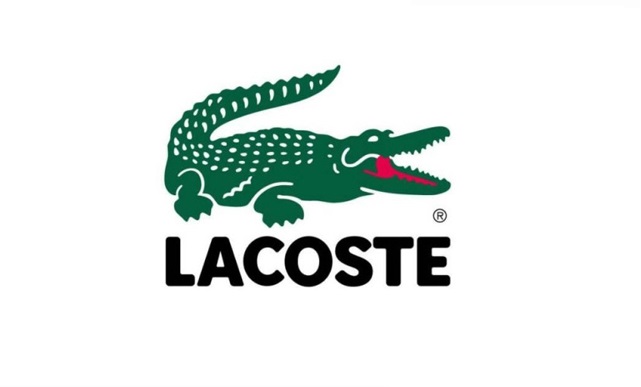
Besides, the term “OCOSITE” is depicted in a similar font to “LACOSTE” and five letters “COS” and “TE” among seven letters are identical. Given the close resemblance between crocodile devices and the meaning of “OCOSITE”, relevant consumers at the sight of clothing and sportswear bearing the opposed mark would immediately conceive of the Lacoste crocodile struggling to get up and thus likely to confuse its souse with Lacoste.
JPO decision
The Opposition Board of JPO admitted a substantial degree of reputation and popularity of the Lacoste crocodile logo in relation to clothing, footwear, and sportswear.
The Board found a high degree of similarity between the flipped crocodile of the opposed mark and the Lacoste crocodile. Noticeably, the Board held respective element, namely, the crocodile device and the term “OCOSITE” of the opposed mark shall not be inseparably combined as a whole regardless of close adjacency.
In view of a high degree of reputation and originality of the opponent mark, and close association between the opponent business and the goods in question, the Board has reason to believe relevant consumers with an ordinary care would be likely to confuse the source of goods bearing the opposed mark with Lacoste or any business entity systematically or economically connected with the opponent.
Based on the foregoing, the JPO sided with Lacoste and decided to cancel the opposed mark in contravention of Article 4(1)(xv).

